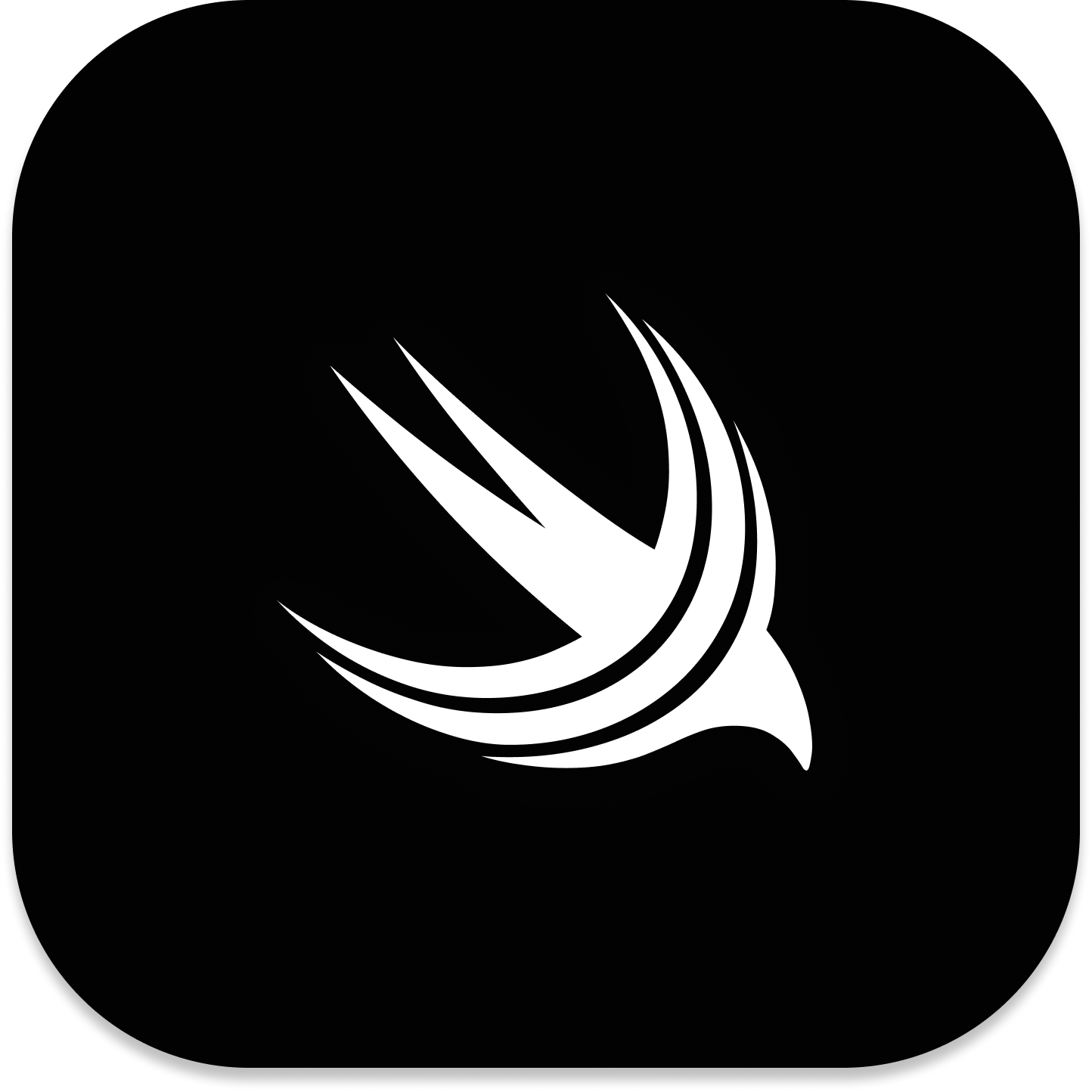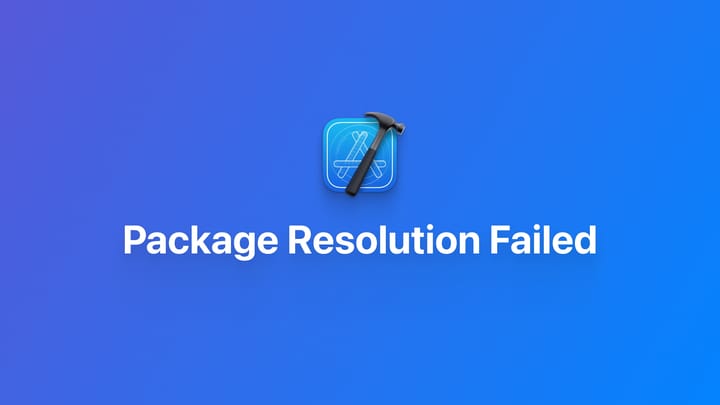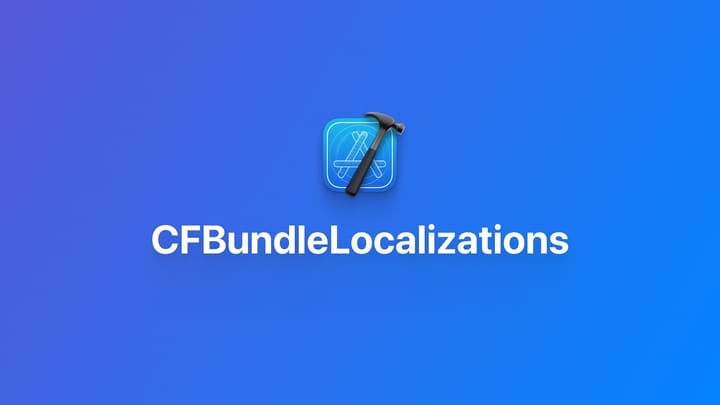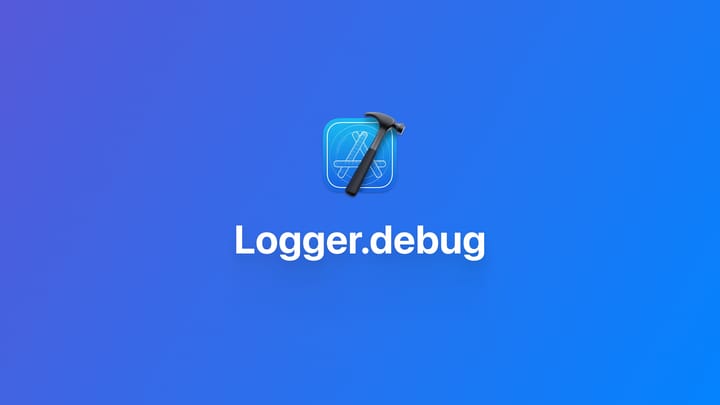Xcode|为 App 添加更换 Icon 图标的功能
理解如何在 Xcode 为 iOS App 增加更换图标功能,为你的 App 进一步提升吸引力。
在 Xcode 中进行配置
启用 Include all app icon assets 选项
在 WWDC21 之前,你需要手动在 Info.plist 中填写所有备用图标的名称。
从 Xcode 13 开始,可以通过在 Xcode 中启用 Include all app icon assets,在编译时可以自动添加到 Info.plist。

添加备用图标文件
从 Xcode 26 开始,苹果推荐使用新的 Icon Composer 文件(.icns),而不再使用之前在 Assets 这种添加的图标文件。
图标同样必须以 AppIcon 命名,可以直接添加到 Xcode 项目根路径。

仍然需要格外为每个图标添加一个 Preview 文件。
创建图标选择视图组件
核心是通过调用 UIApplication.shared.setAlternateIconName(name) 组件,iOS 系统即可自动完成图标的切换。
以下组件创建了一个基于 Grid 布局的图标切换视图:

import Observation
import SwiftUI
@Observable
final class AppInfoProvider {
private static func getValue<Value>(for key: String) -> Value {
guard
let value = Bundle.main.infoDictionary?[key] as? Value
else {
fatalError("Missing value for \(key) in Info.plist")
}
return value
}
private static func getPrimaryAppIconName() -> String {
let appIconsDict: [String: [String: Any]] = getValue(
for: "CFBundleIcons")
let primaryIconDict = appIconsDict["CFBundlePrimaryIcon"]
guard
let primaryIconName = primaryIconDict?["CFBundleIconName"]
as? String
else {
fatalError("Missing primary icon name")
}
return primaryIconName
}
private static func getAlternateAppIconNames() -> [String] {
let appIconsDict: [String: [String: Any]] = getValue(
for: "CFBundleIcons")
let alternateIconsDict =
appIconsDict["CFBundleAlternateIcons"]
as? [String: [String: String]]
var alternateAppIconNames = [String]()
alternateIconsDict?.forEach { _, value in
if let alternateIconName = value["CFBundleIconName"] {
alternateAppIconNames.append(alternateIconName)
}
}
return alternateAppIconNames
}
let bundleDisplayName: String
let bundleVersion: String
let bundleShortVersionString: String
let primaryAppIconName: String
let alternateAppIconNames: [String]
init() {
bundleDisplayName = Self.getValue(for: "CFBundleDisplayName")
bundleVersion = Self.getValue(for: "CFBundleVersion")
bundleShortVersionString = Self.getValue(
for: "CFBundleShortVersionString")
primaryAppIconName = Self.getPrimaryAppIconName()
alternateAppIconNames = Self.getAlternateAppIconNames()
}
}
struct AppIconSettingsView: View {
@State private var appInfoProvider = AppInfoProvider()
@State private var selectedIcon: String?
@State private var showErrorAlert = false
@State private var errorMessage = ""
// 定义网格列:自适应宽度,最小宽度为 100 点
private let columns = [
GridItem(.adaptive(minimum: 100), spacing: 20),
GridItem(.adaptive(minimum: 100), spacing: 20),
GridItem(.adaptive(minimum: 100), spacing: 20),
]
var body: some View {
LazyVGrid(columns: columns, spacing: 20) {
iconGridItem(name: appInfoProvider.primaryAppIconName)
ForEach(appInfoProvider.alternateAppIconNames, id: \.self) {
iconName in
iconGridItem(name: iconName)
}
}
.alert("更换图标失败", isPresented: $showErrorAlert) {
Button("确定", role: .cancel) {}
} message: {
Text(errorMessage)
}
.onAppear {
selectedIcon = UIApplication.shared.alternateIconName
}
}
// 网格项的视图:包含图标、名称和选中边框
private func iconGridItem(name: String) -> some View {
VStack(spacing: 8) {
Button(action: {
changeAppIcon(to: name)
#if os(iOS)
UIImpactFeedbackGenerator(style: .light).impactOccurred()
#endif
}) {
ZStack {
if name
== (selectedIcon ?? appInfoProvider.primaryAppIconName)
{
RoundedRectangle(cornerRadius: 12)
.stroke(Color.accentColor, lineWidth: 2)
.frame(width: 76, height: 76)
}
Image(uiImage: UIImage(named: name) ?? UIImage())
.resizable()
.aspectRatio(contentMode: .fit)
.frame(width: 60, height: 60)
.cornerRadius(60 * 0.205)
}
}
.buttonStyle(BorderlessButtonStyle()) // 防止 List 的点击效果影响按钮
.frame(width: 76, height: 76)
}
.frame(width: 100, height: 100)
// 第一层阴影 - 整体柔和的阴影
.shadow(
color: .black.opacity(0.1),
radius: 8,
x: 0,
y: 4
)
}
// 更改应用图标的函数
private func changeAppIcon(to iconName: String) {
let name =
iconName == appInfoProvider.primaryAppIconName ? nil : iconName
selectedIcon = name
UIApplication.shared.setAlternateIconName(name) { error in
if let error = error {
DispatchQueue.main.async {
selectedIcon = UIApplication.shared.alternateIconName
errorMessage = error.localizedDescription
showErrorAlert = true
}
}
}
}
}
#Preview {
NavigationStack {
AppIconSettingsView()
}
}
使用 PersonalizationSettingsView 组件
我已经创建一个通用的 PersonalizationSettingsView 组件,包含图标切换、强调色切换、ColorScheme 以及字体。
此处,记录如何使用它们。
自定义 ColorScheme 和强调色
首先,在 App 文件中添加以下变量
// 用于获取颜色模式
@AppStorage("appTheme") private var appearance: Appearance = .system
// 用于获取强调色
@AppStorage("accentColor") private var accentColor: String = "pink"
private var colorScheme: ColorScheme? {
switch appearance {
case .system: return nil
case .light: return .light
case .dark: return .dark
}
}
private var actualAccentColor: Color {
AccentColorSettingsView.AccentColor.getColor(from: accentColor)
}
在 App文件的 ContentView 中,添加以下修饰器:
WindowGroup {
ContentView()
.preferredColorScheme(colorScheme)
.tint(actualAccentColor) // 使用计算属性
}



Comments ()